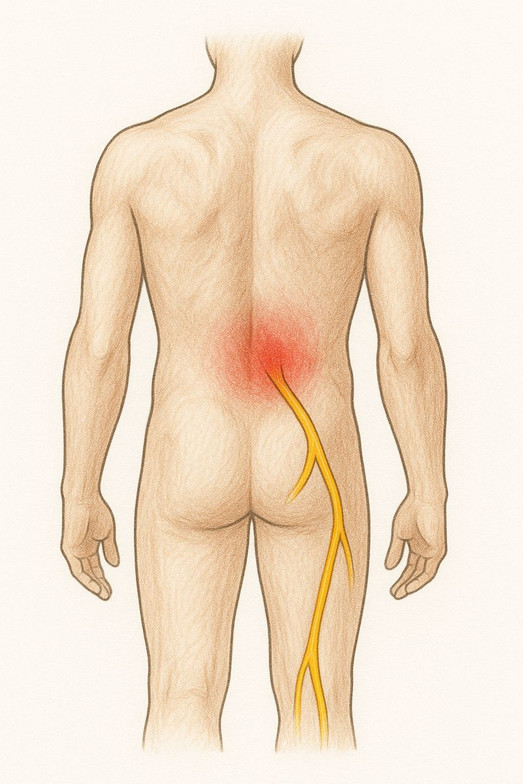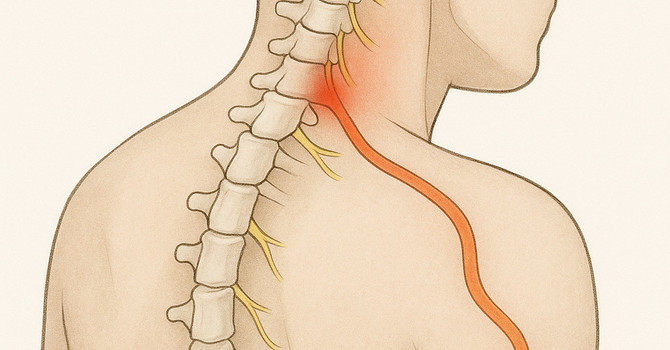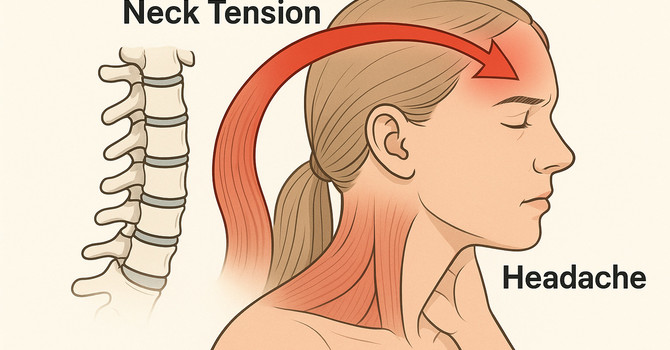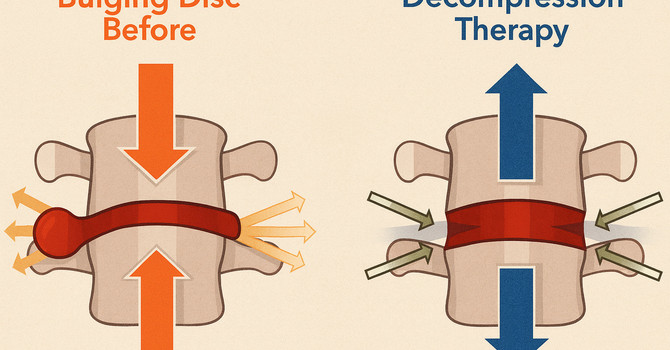
Low back pain is one of the most common reasons patients walk into our office, and many people wonder whether their pain is something they “inherited” or if it’s purely lifestyle-related. If you’ve tried stretching, improving posture, or resting—yet the pain keeps returning—it’s reasonable to ask deeper questions. As a chiropractor in Olathe, I often explain to patients that genetics can influence how your spine handles stress, but they don’t determine your outcome. The good news is that chiropractic care can help address the mechanical weaknesses that make low back pain show up in the first place.
Low back pain can have a genetic component because the shape of your vertebrae and spinal discs affects how your spine tolerates compression, rotation, and repeated daily stress. These inherited structural traits can increase susceptibility to pain, but proper care and movement can significantly reduce symptoms.
Why this problem happens: Your spine is a load-bearing structure made up of joints, discs, nerves, and muscles that must work together efficiently. Some people are born with rounder vertebral bodies and thicker, more hydrated discs, while others have wider, thinner discs and kidney bean–shaped vertebrae. These structural differences change how forces are distributed through the low back. Compression from prolonged sitting, lifting, or impact can irritate discs and joints in certain spinal types, while repetitive twisting, bending, or asymmetrical movement stresses others. Over time, poor posture, desk work, driving, and exercise habits amplify these forces, leading to joint restriction, disc irritation, muscle guarding, and nerve sensitivity. When motion is lost or pressure builds, inflammation increases and pain follows—regardless of whether genetics played a role initially.
Common symptoms patients notice: aching or stiffness in the low back after sitting too long, sharp pain when standing up from a chair, soreness first thing in the morning, pain that improves after moving around, discomfort with bending or twisting, flare-ups after workouts or yard work, pain after long car rides, a feeling of compression or “pressure” in the spine, occasional pain traveling into the hips or legs, tight hamstrings or glutes, and recurrent episodes that seem to return every few months despite rest.
Clinical patterns I see in the office: Many patients report low back pain that worsens after desk work or driving and feels better once they start walking. Others notice pain only with specific movements like rotation, deadlifting, or golf swings. Some feel fine during activity but ache later that night. A common pattern is stiffness and pain that eases with gentle movement but flares with prolonged static positions. These patterns tell us more about how your spine handles load than whether genetics are “to blame.”
How chiropractic helps: Chiropractic adjustments help restore proper joint motion, allowing the spine to distribute forces more evenly. When joints move better, muscles relax and nerves calm down. For patients with disc-related stress, spinal decompression can reduce pressure on the discs and improve nutrient flow. Hydromassage therapy helps decrease muscle tension and inflammation, while guided rehab focuses on stability and control so your spine tolerates daily stress more effectively. Movement—not avoidance—is key.
Our treatment approach at Woodroof Chiropractic: Care is always tailored to how your spine responds to load. Treatment may include chiropractic adjustments to restore motion, spinal decompression to support disc health, hydromassage to relax tight muscles, targeted strengthening to improve spinal stability, stretching routines to reduce tension, corrective exercise to improve movement patterns, and posture and sleep coaching to limit repetitive stress. These services are integrated with our chiropractic care, exercise and stretch routines, and education on long-term spine health. Most patients begin noticing improvement within the first few visits.
Frequently asked questions include: Is low back pain really genetic, or is it just posture? Genetics may influence structure, but posture and habits usually determine symptoms. Should I see a chiropractor for recurring low back pain? Yes—especially if pain keeps returning despite rest. When is low back pain serious? Severe, worsening pain, numbness, or weakness should be evaluated promptly. How long until I feel better? Many patients feel relief within a few visits, though full recovery depends on the condition. Does insurance cover chiropractic care? You can review coverage on our insurance page.
If you’re dealing with low back pain and wondering whether genetics are part of the problem, we can help. Call our Olathe chiropractic office today at 913-735-6351 or click Schedule Your Visit to get started.
Dr. Ike Woodroof
Contact Me


